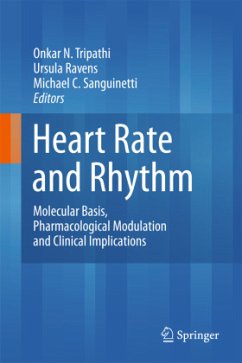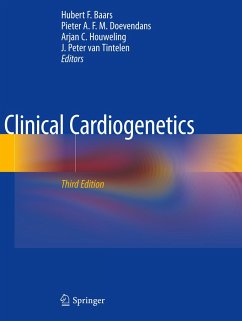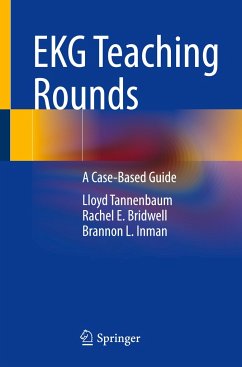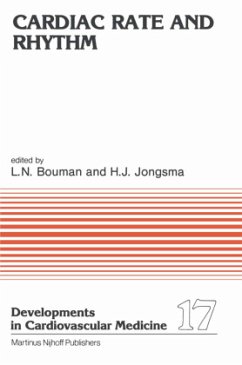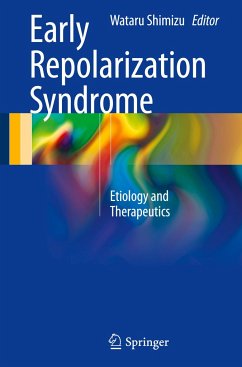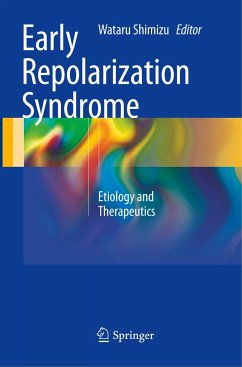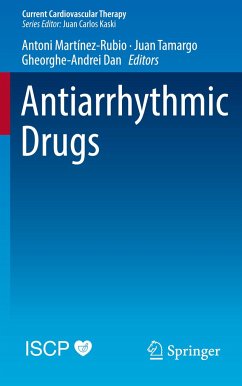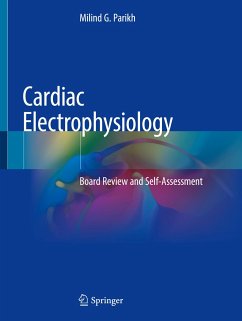
Heart Rate and Rhythm
Molecular Basis, Pharmacological Modulation and Clinical Implications
Herausgegeben: Tripathi, Onkar N.; Quinn, T. Alexander; Ravens, Ursula

PAYBACK Punkte
95 °P sammeln!
This completely updated and expanded 2nd Edition provides all the information needed in order to understand the complex molecular, cellular and genetic mechanisms that underlie normal and abnormal cardiac rhythms. Its goal is to help physiologists and clinicians alike develop better preventive and treatment strategies.The respective chapters cover a broad range of topics, including the role of specific ion channels and transporters, gap junctions, intracellular Ca2+ handling in pacemaker activity, impulse conduction, and the activity of atrial and ventricular myocardium. Special emphasis is pl...
This completely updated and expanded 2nd Edition provides all the information needed in order to understand the complex molecular, cellular and genetic mechanisms that underlie normal and abnormal cardiac rhythms. Its goal is to help physiologists and clinicians alike develop better preventive and treatment strategies.
The respective chapters cover a broad range of topics, including the role of specific ion channels and transporters, gap junctions, intracellular Ca2+ handling in pacemaker activity, impulse conduction, and the activity of atrial and ventricular myocardium. Special emphasis is placed on the unique electrophysiology of specialized pacemaking cells and conducting fibers. In turn, several types of inherited and acquired ventricular arrhythmias are presented in detail. Clinicians will especially appreciate the updated information on even common disorders like atrial fibrillation and their impacts on human physiology.
In closing, the book goes "one step further" and considers future prospects, e.g. novel antiarrhythmic agents and new concepts like optogenetics, in the context of heart rate regulation. Accordingly, it offers readers a solid reference guide to everything they need to know about human heart rate and rhythm.
The respective chapters cover a broad range of topics, including the role of specific ion channels and transporters, gap junctions, intracellular Ca2+ handling in pacemaker activity, impulse conduction, and the activity of atrial and ventricular myocardium. Special emphasis is placed on the unique electrophysiology of specialized pacemaking cells and conducting fibers. In turn, several types of inherited and acquired ventricular arrhythmias are presented in detail. Clinicians will especially appreciate the updated information on even common disorders like atrial fibrillation and their impacts on human physiology.
In closing, the book goes "one step further" and considers future prospects, e.g. novel antiarrhythmic agents and new concepts like optogenetics, in the context of heart rate regulation. Accordingly, it offers readers a solid reference guide to everything they need to know about human heart rate and rhythm.



